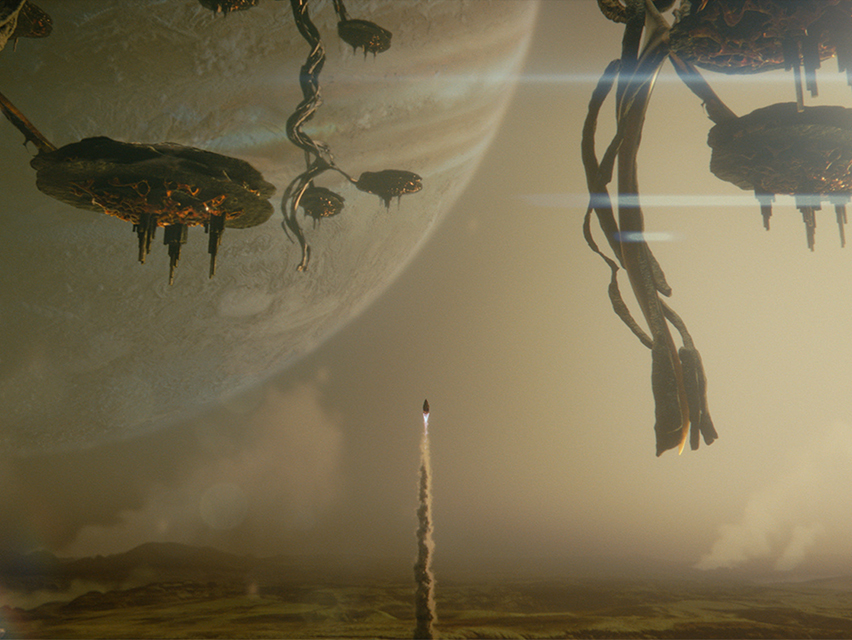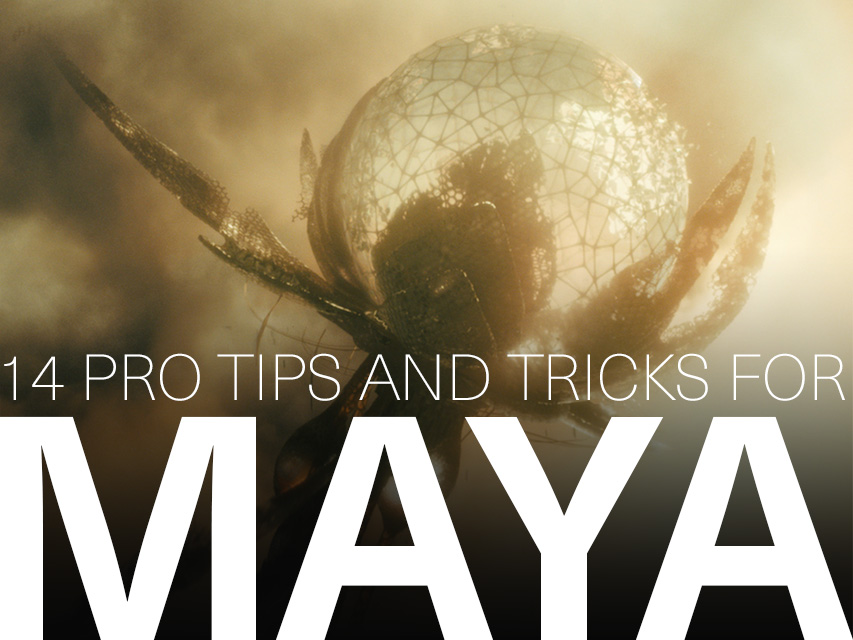Be the first to know — Get Outpost's monthly newsletter for news, tips and job opportunities.
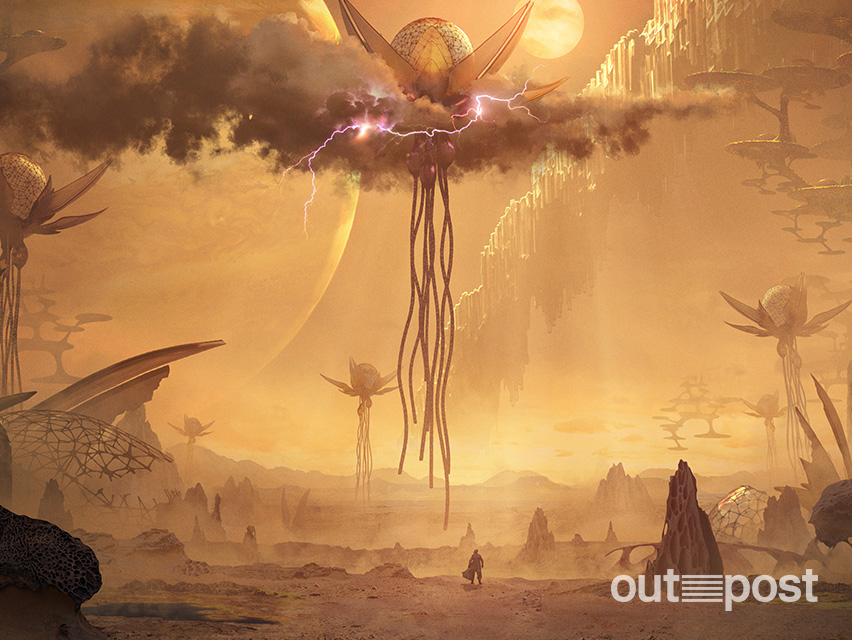
News
The Man Who Fell to Earth: From concept to completion
3 October 2022
We speak to the team who helped shape The Man Who Fell to Earth's alien world
Several members of the team were pivotal in developing the look at feel of The Man Who Fell to Earth from the concept stage, including Art Director Steve Molloy, Concept Artist Grant Bonser, Lead Environment Artist Anissa Senoussi and Senior DMP Artist Lubos Surzin. Working collaboratively with showrunners Alex Kurtzman and Jenny Lumet, they created initial concepts for the planet Anthea, as well as the Anthean civilisation’s ships and distinctive technology.
“It was a whole world to build,” says Senoussi. “Most of the concept work needed was for Anthea, protagonist Faraday's planet. Early concepts involved creating the look of the planet seen from space, from the atmosphere, and from the ground. Outpost also worked on prop design for the planet, like vehicles, vaporators, generators and aerial alien cities.”
Despite having several elements to develop, the show’s setting and story took priority. Senoussi continues: “A clean sci-fi look wouldn't work on Anthea given the history of the population and the harsh climate. The planet has sparse water and food; the Anthean population have been decimated by consecutive wars, and they don't have enough resources to repair their home.
“So, when I started the design for the cities it was clear that we would lean toward dereliction, dryness and use an organic visual vocabulary – as if the planet was reclaiming the man-built cities.”
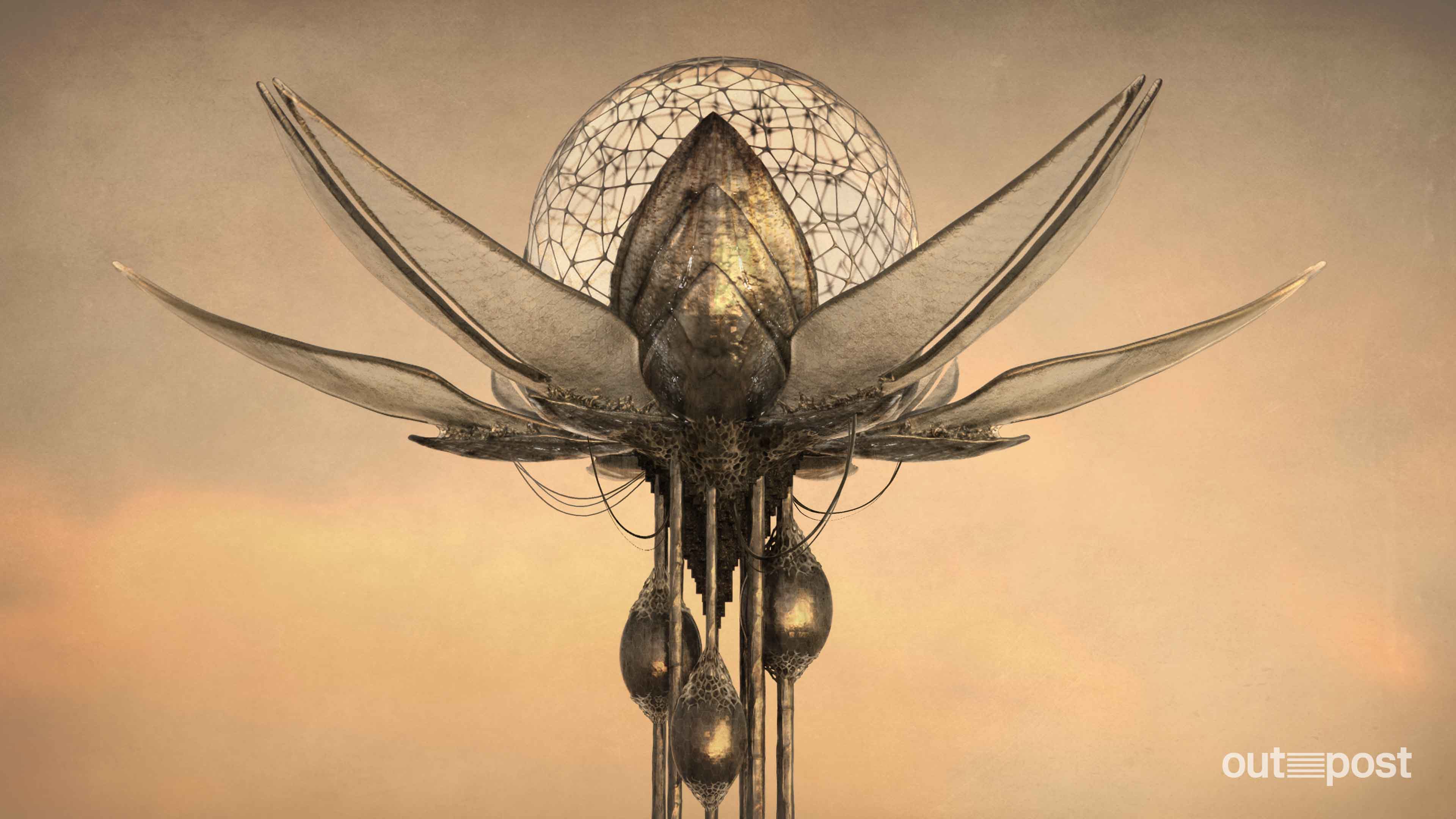
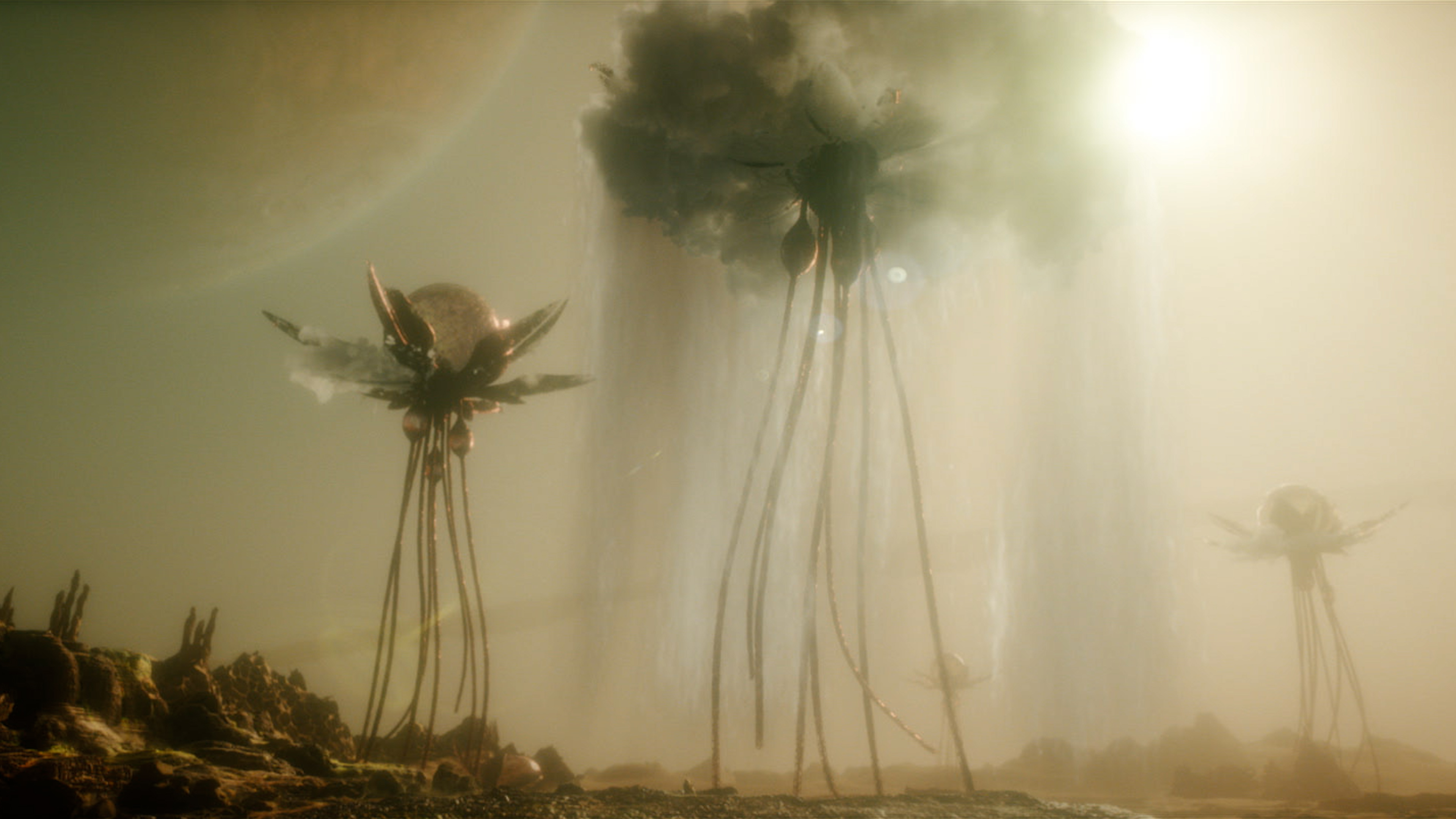
Throughout the design process, the team took inspiration from the natural world, imagining Antheans as an insectoid-like alien race. Senoussi adds: “Some of the key aspects for this design also had to include specific materials like rock basalt and amber glass. Beehives were also recurring in the Anthean culture so I tried to keep that in mind when developing the look.”
A key part of the work was inventing the show’s vaporators; structures that trawl the surface of Anthea for traces of water. Art Director Steve Molloy says: “The initial concepts we came up with incorporated elements from a lotus flower, with petals and a core, as well as stem-like tubes that reach from the core to the ground, sucking the water up into the centre for processing.
“Throughout the iterations that these early designs went through, we also added webbing along the tubes and translucency to the ‘petals’ and the central dome. We also added the hexagonal pattern, a visual theme that runs throughout the different Anthean assets.”
These themes appear throughout much of the early concept art all the way to the finished product. Molloy adds: “Details of basalt columns were added to the vaporators too. These can be seen on any of the flying or floating assets such as the floating underground cities and the shuttle that transports Faraday to earth."
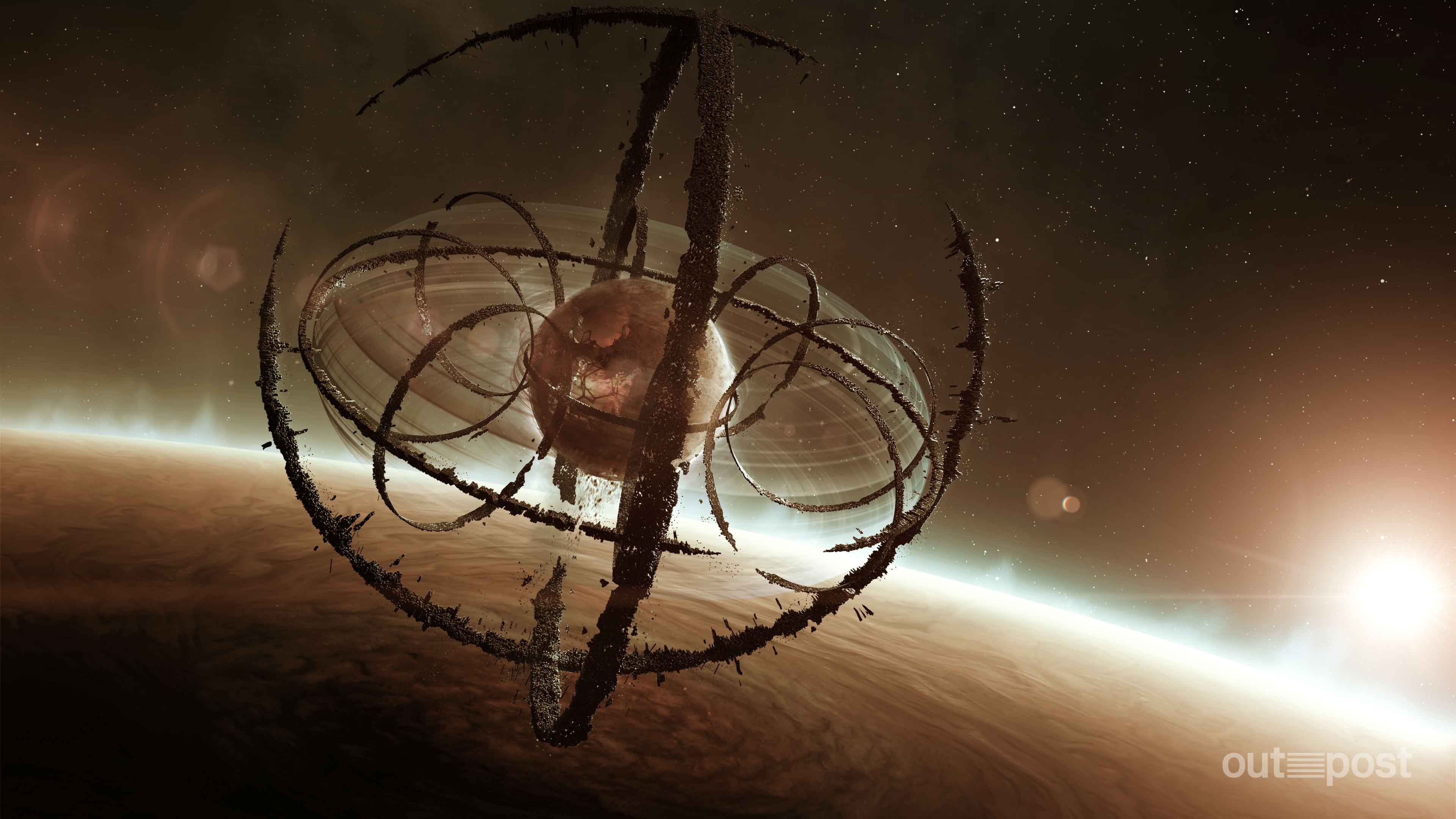
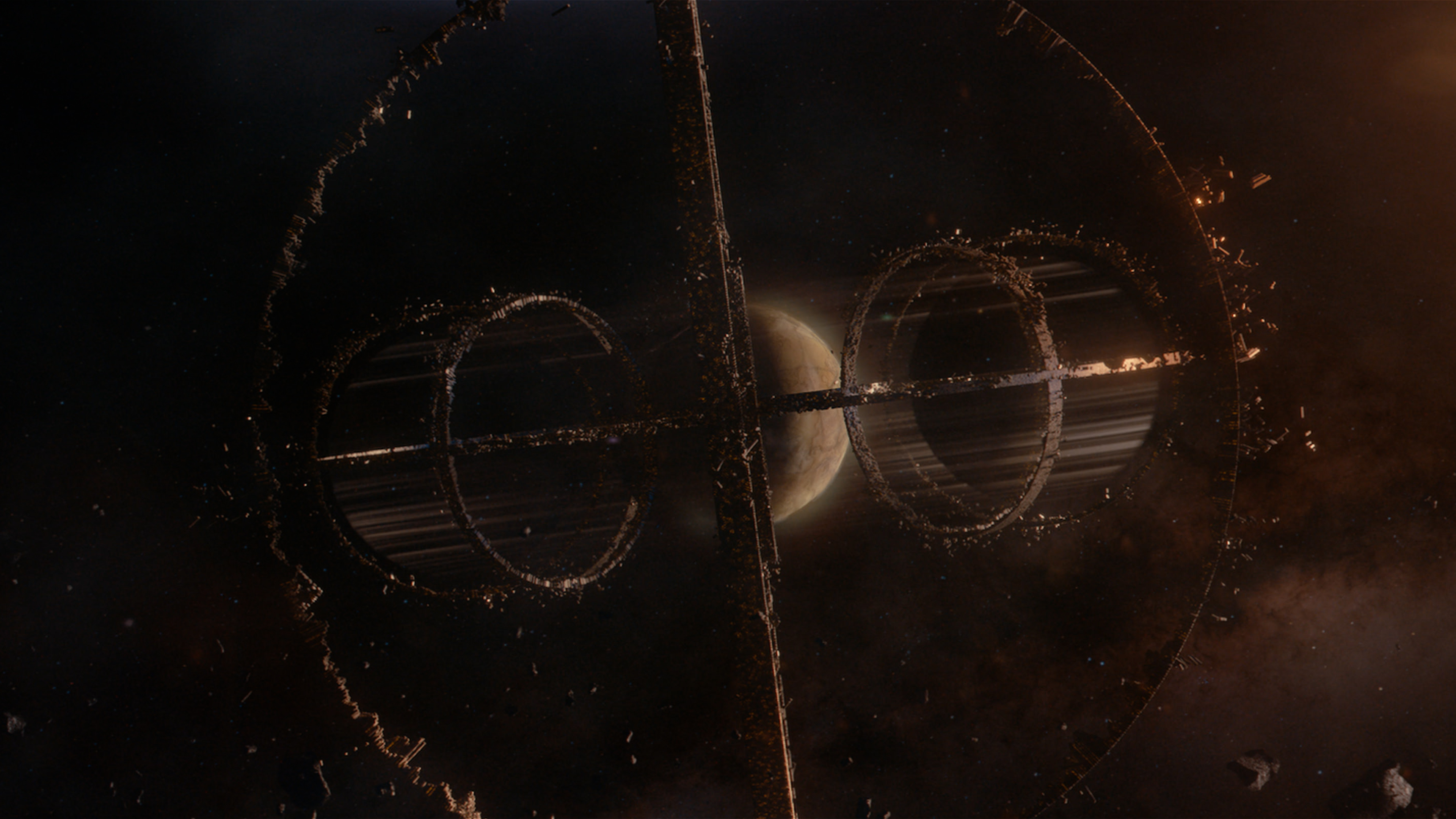
“Anthean cities are unique,” adds Senoussi, “Anthea is surrounded by a massive rings metal structures - which Senior DMP Artist Lubos Surzin concepted. The cities are like modules connected by a branch system that hang on these giant structures.”
Being a part of the production process from early in the show’s schedule had other benefits further down the line, says Senoussi. “I think it helps to keep things cohesive. Sometimes, as iterations go on, the more work done on an asset or an environment and the more people work on it, you get away from the initial idea. So having the Concepts Artists and Art Director involved quite early in the project was really good to ensure everything was moving in the right direction.
“It was also a good opportunity for Environment Artists to be involved in early-stage concepts, offer ideas, and then be able to develop the assets.”
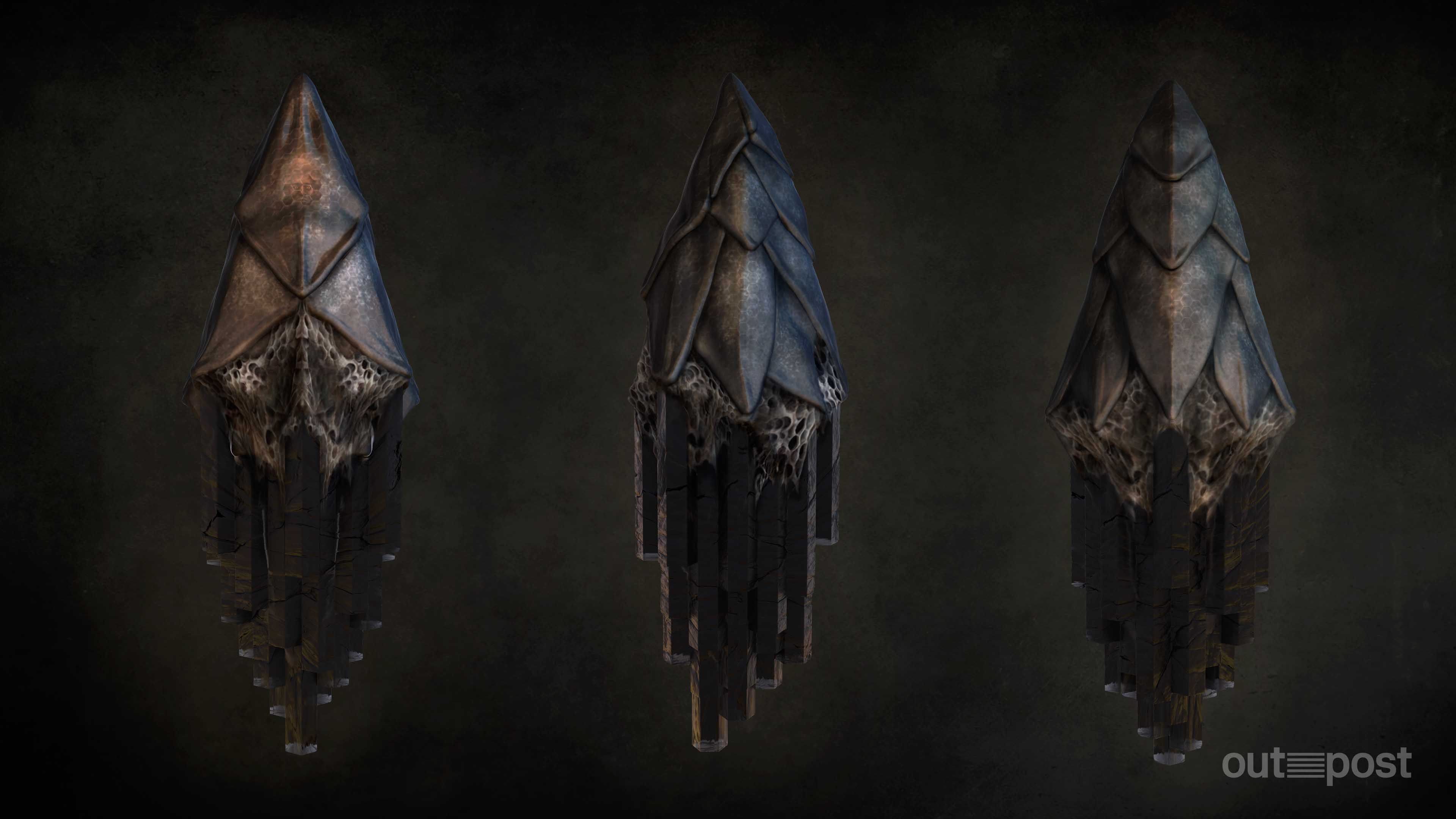
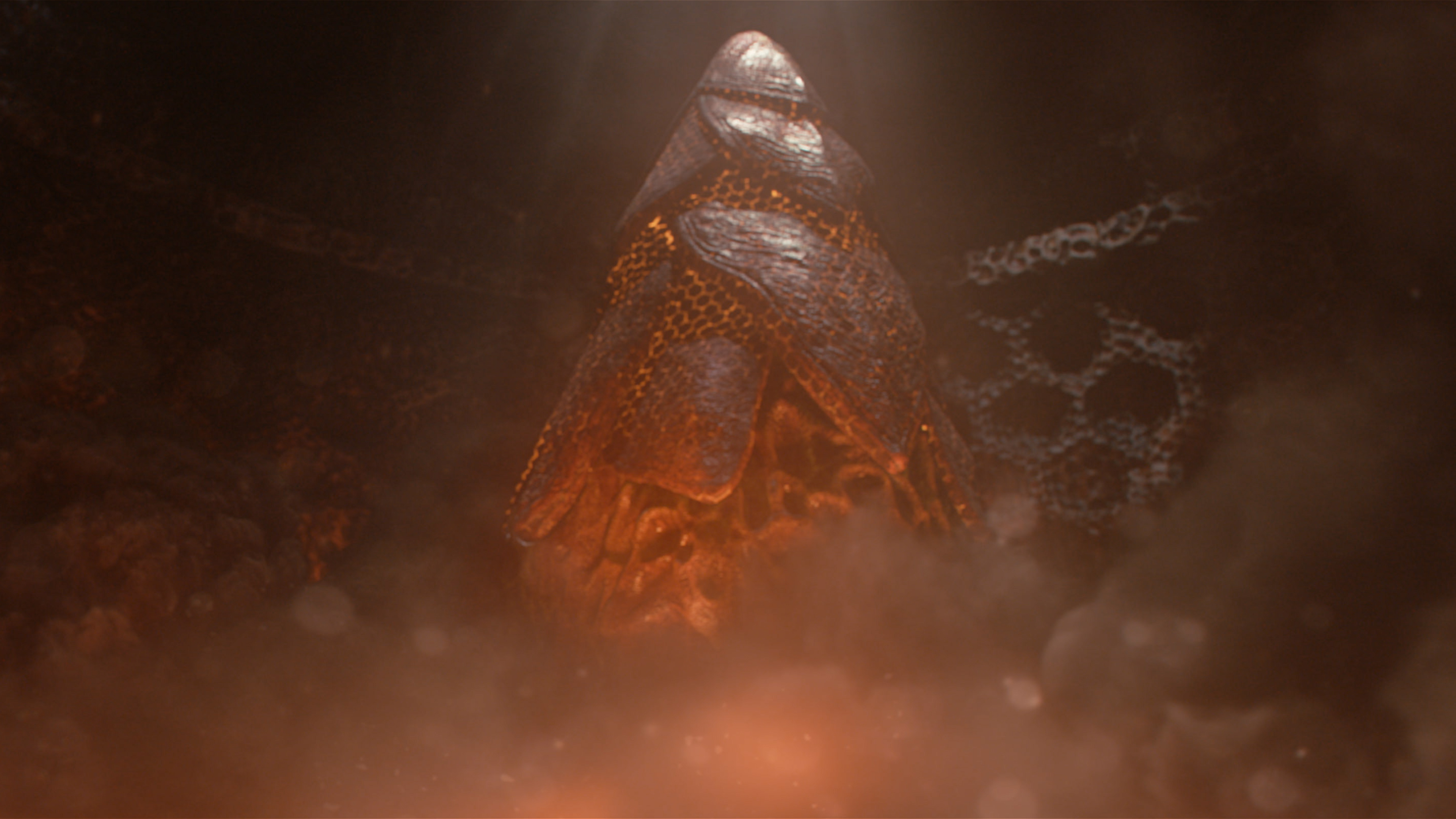
Together, Anissa, Steve and the rest of the Outpost team contributed to The Man Who Fell to Earth’s distinctive look and feel while staying faithful to the original novel by Walter Tevis and the 1976 film directed by Nicholas Roeg – an impressive feat in a genre that’s been popular for decades.
“It was a ton of fun,” adds Senoussi. “Design concepts for an alien city? What else could you ask for!”


